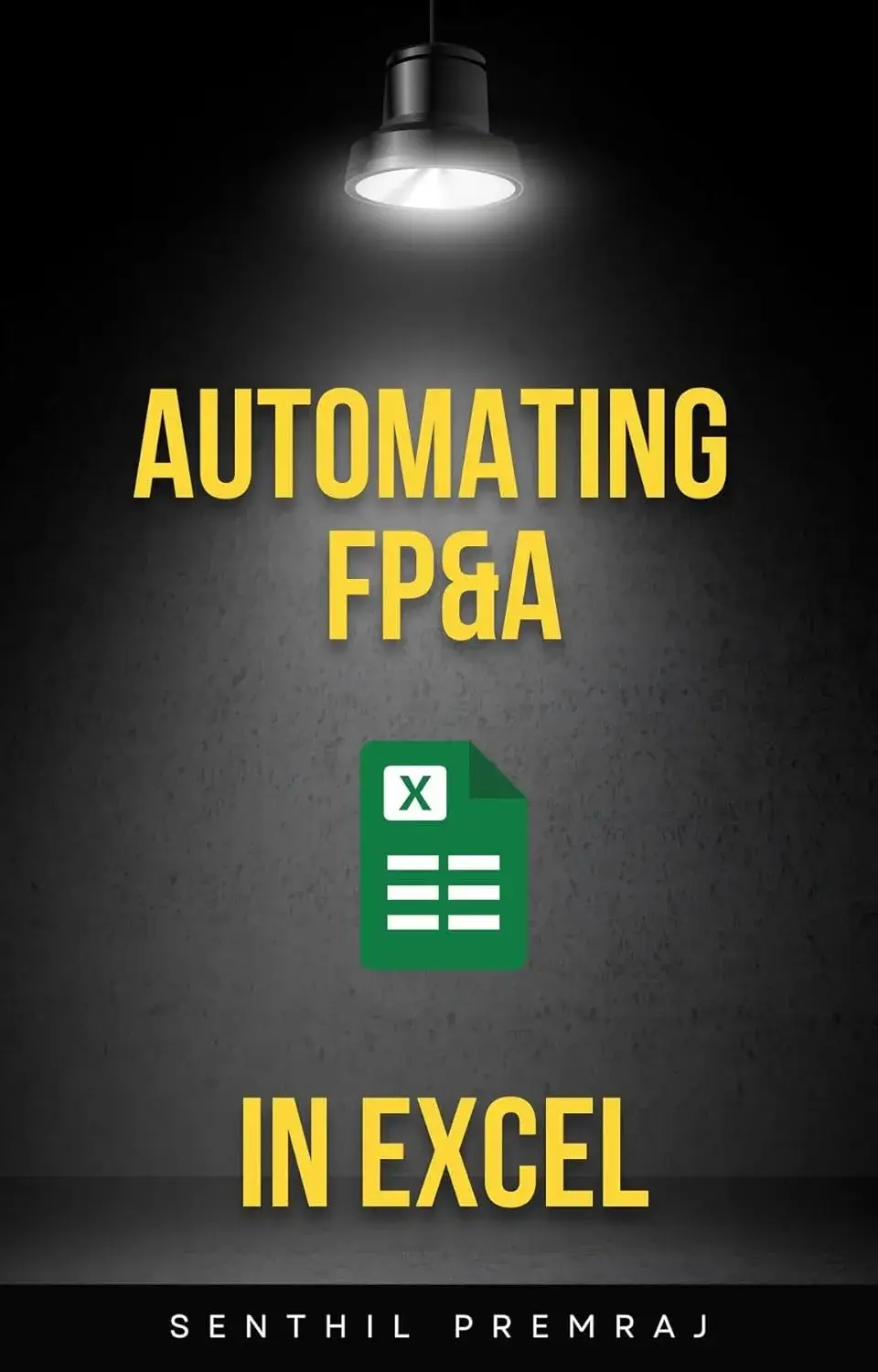A chart of accounts template is essential for nonprofits that want clean, accurate, and audit-ready financial records. For mission-driven organizations, where transparency and donor trust matter, a clear COA ensures financial activity is recorded correctly and reported consistently across grants, programs, and funds.
This guide explains how a nonprofit COA works, outlines core account categories, and includes a free downloadable Excel chart of accounts template built using best-practice nonprofit accounting standards.
What Is a Nonprofit Chart of Accounts?
A Chart of Accounts is the complete listing of all financial accounts used by an organization.
Each account is assigned:
- A unique account number
- A clear account name
- An account type (Asset, Liability, Income, Expense, etc.)
- A description explaining its purpose
The COA is essential because it ensures that:
- Every transaction is classified correctly
- Restricted vs. unrestricted funds are clearly separated
- Program, administrative, and fundraising activity can be differentiated
- Audits, Form 990 preparation, and grant reporting become simpler and more accurate
A well-structured COA is the difference between clean, organized books and confusing, incomplete financial data.
Chart of Accounts for Nonprofits: Core Categories
A nonprofit’s COA typically follows a five-category structure.
Your Excel template includes these exact categories and number ranges:
Chart of Accounts Categories
| Category | Range | Description |
|---|---|---|
| Assets | 1000–1999 | Cash, receivables, prepaid assets, investments, property |
| Liabilities | 2000–2999 | Accounts payable, payroll liabilities, deferred revenue |
| Net Assets / Fund Balance | 3000–3999 | Restricted and unrestricted net assets |
| Income | 4000–4999 | Contributions, grants, fundraising, investment income |
| Expenses | 5000–9999 | Program, management, fundraising, and in-kind expenses |
This standardized numbering system ensures consistency across reporting, accounting software, and audit documentation.
Sample Nonprofit Chart of Accounts (Included in the Excel Download)
Your free template includes a complete, ready-to-use Chart of Accounts that nonprofits can implement immediately.
Below is a summarized look at the accounts included.
Assets in the Chart of Accounts for Nonprofits (1000–1999)
These are resources owned by the organization.
Examples included in the template:
- 1000 – Checking Account — Primary operating cash
- 1020 – Savings Account — Reserve or savings
- 1060 – PayPal — Online payment processor balance
- 1500 – Accounts Receivable — Funds owed to the nonprofit
- 1550 – Grants Receivable — Grant funds awarded but not yet received
- 1800–1835 — Property, equipment, and depreciation accounts
Liabilities (2000–2999)
These represent what the organization owes.
Included accounts:
- 2000 – Accounts Payable — Vendor bills unpaid
- 2110 – Benefits Payable
- 2150 – Wages Payable
- 2420 – Accrued Taxes
- 2610 – Deferred Revenue — Grants received but not earned
- 2710 – Notes Payable — Short-term loans
- 2750 – Line of Credit
Net Assets / Fund Balances (3000–3999)
Modern nonprofit standards classify net assets by donor restrictions:
- 3000 – Without Donor Restrictions
- 3100 – With Donor Restrictions – Temporary
- 3200 – With Donor Restrictions – Permanent
- 3300 – Board-Designated Funds
These categories support grant reporting, compliance, and donor transparency.
Income (4000–4999)
Accounts that capture donations, grants, and other types of revenue.
Included categories:
- 4010 – Contributions – Unrestricted
- 4050 – Contributions – Restricted
- 4200 – Grant Income
- 4310 – Fundraising Donations
- 4350/4355 – Sponsorships
- 4375 – Ticket Sales
- 4505 – Interest & Dividends
- 4510/4515 – Investment Gains/Losses
- 4910–4940 – In-Kind Revenue
These accounts allow nonprofits to properly track donor limitations, fundraising income, and investment activity.
Expenses (5000–9999)
This category includes program, administrative, fundraising, and in-kind costs.
Included examples:
Payroll & Personnel
- 5000 – Salaries
- 5100 – Employee Benefits
- 5200 – Payroll Taxes
Operating Costs
- 5810 – Electricity
- 5850 – Rent
- 6175 – Office Supplies
- 6200 – PayPal Fees
Professional & Administrative
- 6280 – Professional Fees
- 6300 – Taxes & Licenses
Program Expenses
- 6510 – Program 1 Supplies
- 6520 – Program 2 Supplies
- 6530 – Meeting & Food Expense
Training & Development
- 7010 – Board & Leadership Training
- 7050 – Professional Development
Fundraising Expenses
- 8000 – Event Rent
- 8100 – Food – Fundraising Events
In-Kind Expenses
- 9910–9940 — Expenses related to donated goods/services
This comprehensive list ensures complete visibility into how funds are used across the organization.
Download the Free Chart of Accounts for Nonprofits (Excel Template)
This Excel workbook includes:
✔ A professional Chart of Accounts Categories sheet
✔ A detailed Chart of Accounts Template with account numbers, types, and descriptions
✔ Clean formatting and modern nonprofit structure
📥 Download: Nonprofit Chart of Accounts (Excel Template)
Why This COA Template Works for Nonprofits
This COA template was designed to meet the real needs of nonprofit accounting:
- Compatible with QuickBooks, Xero, and Wave
- Easy to customize by adding programs or grants
- Uses industry-standard numbering
- Supports restricted and unrestricted fund tracking
- Includes in-kind revenue and expenses
- Designed for audits, donors, and compliance
Whether your organization is new or modernizing its finance system, this template gives you a clean and reliable starting point.
Final Thoughts
A well-structured Chart of Accounts is essential for accurate reporting, strong internal controls, and nonprofit transparency.
Use this free template to build clean, organized financial records—so your team can focus more on mission impact and less on administrative complexity.
Streamline Nonprofit Reporting With PivotXL
A well-structured Chart of Accounts is the foundation of accurate financial reporting. But if you want to go beyond spreadsheets and gain real-time clarity across your entire organization, consider upgrading your workflow with PivotXL.
With PivotXL, nonprofits can:
- Auto-import financial data from Excel and accounting platforms
- Generate real-time dashboards for programs, grants, and donor reports
- Instantly calculate contribution margin ratios and other key metrics
- Save hours during month-end close with automated reporting tools
🎯 Ready to simplify and modernize your reporting process?
👉 Book a Free Demo of PivotXL and see how automated reporting can transform your nonprofit’s financial analysis.



